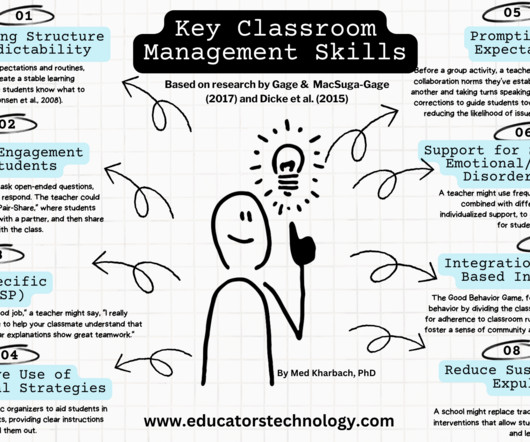Raising the Smart Classroom’s IQ – By Dr. Paul Fornelli
ViewSonic Education
OCTOBER 6, 2023
Smart Classrooms have the potential to eliminate problems caused by these conflicting student learning styles through the use of interactive technologies that promote universal student engagement. and whiteboard.














Let's personalize your content